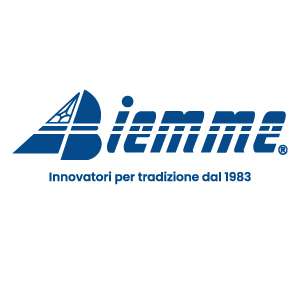Thermal Behavior of Different Concrete Mixtures with Pozzolanic Additions
The New Boundaries of Structural Concrete Session B – Controlled-performance concrete
Data di Pubblicazione originale dell'articolo: 18/11/2013
Memoria tratta da "The New Boundaries of Structural Concrete: Session B – Controlled-performance concrete", ACI IC - Bergamo 2013
The hydration process of cement is an exothermic chemical reaction; the evolution of heat generated during hardening of concrete causes, especially in structures and massive elements, differential contractions between the nucleus and the surface that might generate large thermal shrinkage cracks. The current study wants to identify the factors which allow to obtain the biggest reduction of the heat of hydration using the products with pozzolanic effect present on the market, such as GGBS, silica fume ad fly ash. The goal is to prepare a recipe with a proper proportion of pozzolanic materials able to reduce the heat of hydration of concrete through a reduction of the amount of cement but without affecting the long term compressive strengths. After identifying the best pozzolanic compound, this study wants to propose an analytical method to assign an efficiency factor to the powder mixture, in order to work out the amount of equivalent cement to replace. Thanks to adiabatic calorimetry, it has been possible to experimentally evaluate the heat generated by a series of concrete samples designed with different amounts of pozzolanic materials. Comparing the best performance in terms of compressive strength and reduction of the heat of hydration, the most promising experimental product was identified. This product has been subsequently validated by field trial tests. Some field application of the final product which was performed in several important construction sites, will be showed and documented.
Per scaricare l'articolo completo CLICCA QUI,

Calcestruzzo Armato
Esplora la guida completa sul calcestruzzo e sul calcestruzzo armato, due elementi fondamentali nell'edilizia. Scopri le composizioni, come l'integrazione di fibre metalliche e polimeriche, e le ultime innovazioni che migliorano le proprietà strutturali. Aggiorna le tue conoscenze sui materiali cementizi per una comprensione avanzata e applicazioni ottimali.

